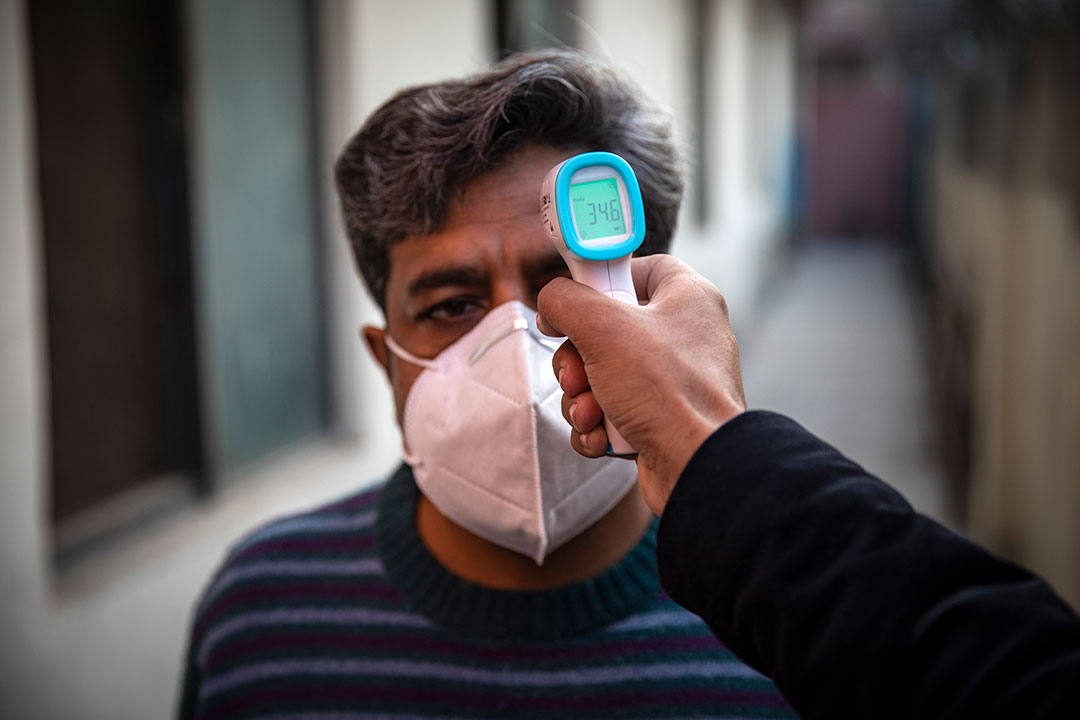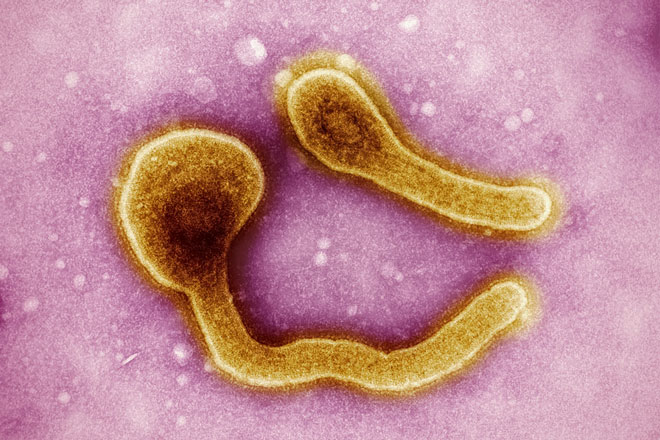Pandemic preparedness – preparing for the worst, hoping for the best
Every major outbreak of disease from Zika to Ebola has prompted reviews of the response. A new Lancet review looks at factors linked to the variety of COVID-19 case and death counts across the globe to guide investment into pandemic preparedness.
- 22 February 2022
- 3 min read
- by Priya Joi

What is the research about?
Unlike many other infectious disease outbreaks, current data suggests that COVID-19 has affected wealthy countries with more health care resources more than less well-resourced countries. Countries that performed well on traditional measures of pandemic preparedness and capacity were often the hardest hit in terms of case and death counts.
Researchers writing in The Lancet decided to undertake an exploratory analysis of potential factors correlated with COVID-19 prevention and treatment across 177 countries and territories, disentangling the factors that prevented the spread of the virus from the health-system factors that prevented death from those that prevented disease.
The more trust and the less corruption there was, the lower the infection rate. These factors were also associated with higher COVID-19 vaccine coverage among middle-income and high-income countries where there was greater vaccine availability.
What did the researchers do?
The researchers looked for infections and infection-fatality rate (IFR) as the main outcomes. They controlled for factors relating to SARS-CoV-2 case and death tolls that are mostly outside the control of policymakers (such as population density, age profile, and seasonality of the disease) and explored associations with 28 factors that can be controlled. These included health-system capacity indicators, governance variables, and measures of economic inequality and societies’ trust in their government, science, and their communities.
What did they find?
Differences in age and BMI (body mass index) were most linked to variations in death rates. Interestingly, another key factor was the trust people had in governments and interpersonal trust, as well as perceived government corruption. The more trust and the less corruption there was, the lower the infection rate. These factors were also associated with higher COVID-19 vaccine coverage among middle-income and high-income countries where there was greater vaccine availability.
Have you read?
The researchers say that if all countries had societies that attained at least the amount of trust measured in Denmark, which is in the 75th percentile across these spectrums, global infections could have been reduced by nearly 13% when looking at government trust and 40.3% for interpersonal trust. Similarly, if all countries had a national BMI equal to or less than that of the 25th percentile, the analysis suggests the global standardised IFR would be reduced by 11%.
Even after standardising for seasonality, age, BMI, and so on, there was still high variability between countries. Taiwan and Vietnam did well in preventing infections, yet had high IFRs and meanwhile, Georgia and Qatar had the opposite experience, with less success preventing infection, but low IFRs.
What does this mean?
The authors suggest that focusing only on traditional pandemic preparedness indices such as surveillance capacity may not be enough. They say that “efforts to improve pandemic preparedness and response for the next pandemic might benefit from greater investment in risk communication and community engagement strategies to boost the confidence that individuals have in public health guidance.”









